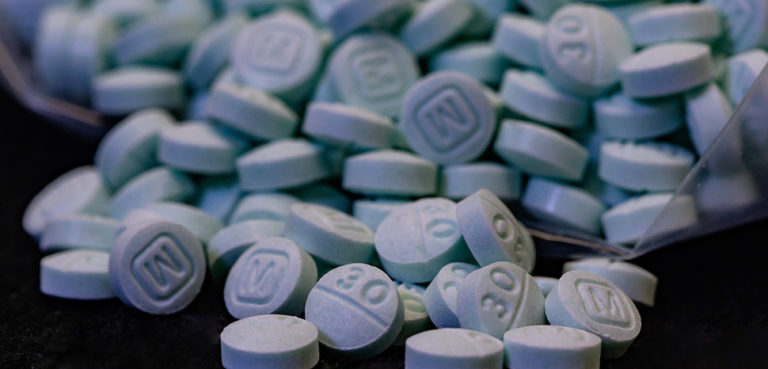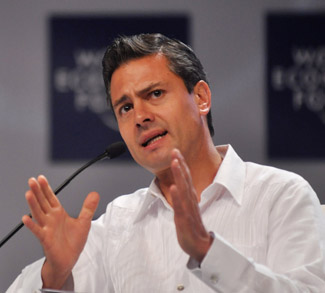Syria is home to an underreported and increasingly severe drug crisis. In the words of US Under Secretary of the Treasury for Terrorism and Financial Intelligence Brian E. Nelson: “The Assad regime continues to employ a variety of schemes to evade sanctions and sustain its longstanding campaign of repression against its own citizens, including trafficking in illegal drugs, exploiting currency exchanges, and leveraging seemingly legitimate businesses.” Syria is now the world’s leading producer of captagon, a powerful narcotic at the center of a growing drug crisis in the Middle East and North Africa. In Saudi Arabia and the UAE, captagon is used recreationally by the children of wealthy families, while in Iraq and Libya, it tends to be used by individuals traumatized by decades of war.
Over the past two decades, the Middle East has been flooded with Captagon, a synthetic amphetamine-like narcotic known as “poor man’s cocaine.” The drug is cheaper and more readily available than alcohol in some Muslim countries, like Saudi Arabia, but it brings in an estimated $5.7 billion a year for the brutal regime of Bashir al-Assad and the terrorist organization Hezbollah. Revenue from captagon is believed to account for more than a quarter of Syria’s overall GDP.
Illegal captagon production, initially centered on Bulgaria in the 1990s, shifted to Lebanon by the 2000s and is now primarily based in Syria. This transition was accelerated by the onset of the Syrian civil war in 2011, which resulted in the breakdown of state control, economic desperation, and a need for revenue streams by various factions, including the Assad regime and allied militant groups. Weak governance in Syria and Lebanon, coupled with the presence of powerful militant groups, makes these countries ideal for narcotic production and trafficking, in turn fueling drug crises in other nations.
Syria’s strategic location at the center of historical smuggling routes leading to Europe and the prime markets of the Gulf, such as Saudi Arabia and the UAE, exacerbates the situation. Large refugee populations compound the chaos, as trafficking is facilitated by the mass movement of loosely documented individuals.
Syrian-produced captagon is smuggled by Iran-linked militias, as well as Lebanese and Turkish traffickers, into Arab Gulf countries. In law enforcement terms, Syria is the source country, the Arab Gulf countries are the destination, and the transit countries include Iraq and Jordan. Along the entire drug trail, users, large-scale distributors, and small-scale dealers engage in the trade, with violence and murder being common tactics to maintain market share and eliminate competition.




